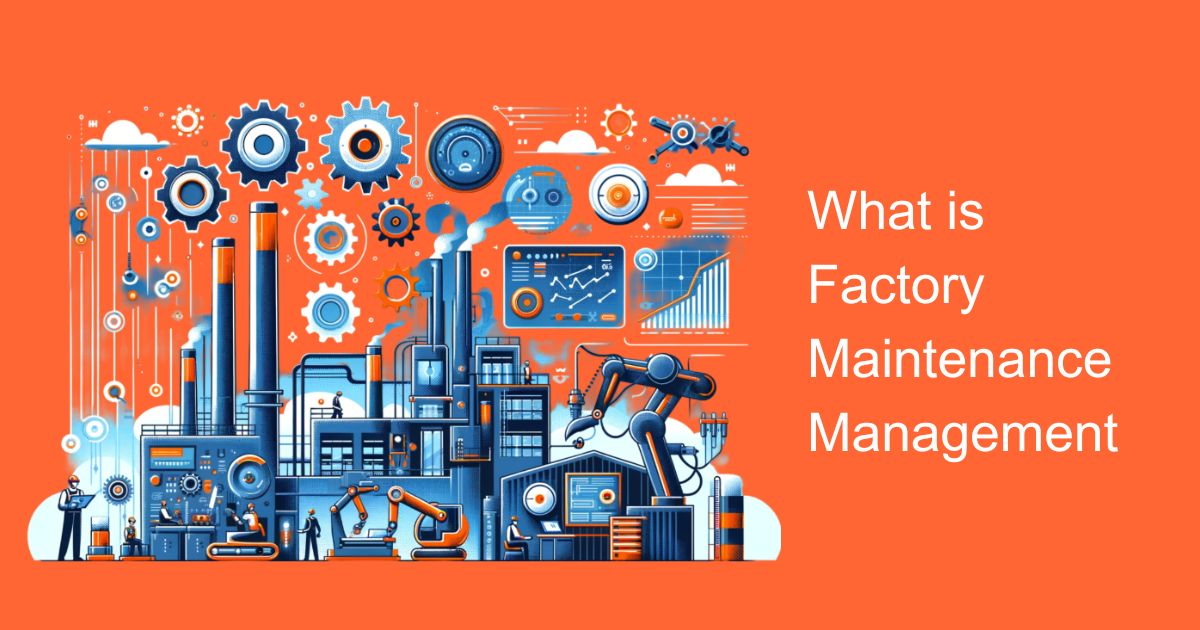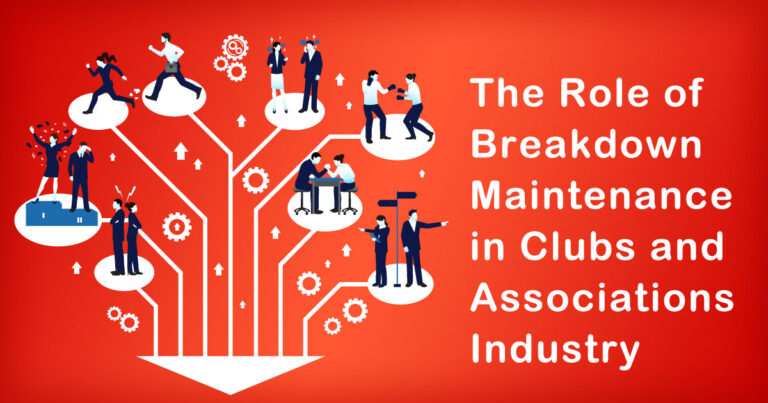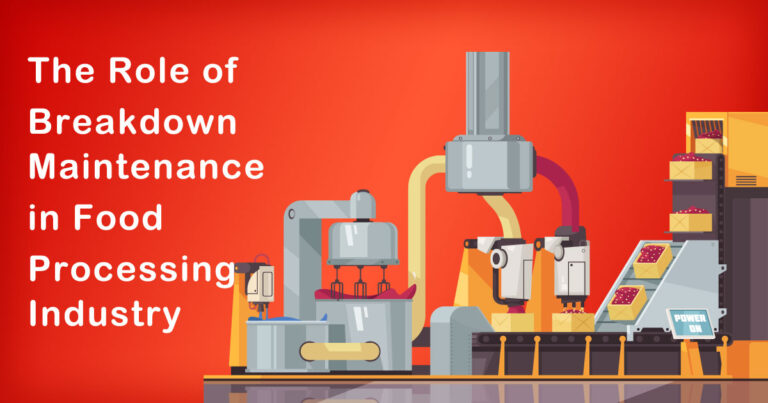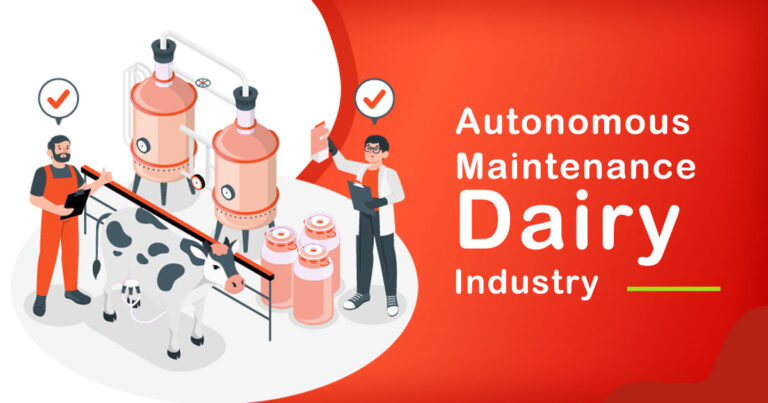Introduction:
In the bustling landscape of manufacturing in India, where efficiency and productivity are paramount, factory maintenance management stands as a critical pillar. It ensures smooth operations, extends equipment lifespan, and safeguards against unexpected downtimes. In this editorial, we delve into the what is factory maintenance management | everything you need to know, its significance, challenges, and best practices, tailored specifically for the Indian industrial context.
Understanding Factory Maintenance Management:
Factory maintenance management encompasses a spectrum of activities aimed at preserving, optimizing, and enhancing the functionality of machinery, equipment, and infrastructure within manufacturing facilities. It involves preventive maintenance, predictive maintenance, corrective maintenance, and proactive strategies to minimize disruptions and maximize uptime.
Significance of Factory Maintenance Management in India:
India’s manufacturing sector is witnessing rapid growth, fueled by initiatives such as Make in India and the expansion of industrial corridors. In such a dynamic environment, effective maintenance management is indispensable. It ensures the reliability of production processes, compliance with safety standards, and adherence to quality benchmarks, ultimately bolstering competitiveness in domestic and global markets.
Challenges Faced in Factory Maintenance Management:
Despite its significance, factory maintenance management in India encounters several challenges. Limited skilled manpower, budget constraints, aging infrastructure, and evolving technological landscapes pose hurdles for seamless maintenance operations. Moreover, the diverse nature of industries, ranging from automotive to pharmaceuticals, necessitates tailored approaches for effective maintenance strategies.
Key Components of Factory Maintenance Management:
Preventive Maintenance:
Scheduled inspections, lubrication, and replacements are conducted to preemptively address potential failures and prolong equipment lifespan.
Predictive Maintenance:
Leveraging data analytics, IoT sensors, and predictive modeling to forecast equipment failures and optimize maintenance schedules, thereby minimizing downtime and costs.
Corrective Maintenance:
Promptly addressing equipment breakdowns or malfunctions through troubleshooting, repairs, and replacements to restore normal operations swiftly.
Proactive Maintenance:
Continuously improving maintenance processes through feedback mechanisms, training programs, and adopting emerging technologies to enhance efficiency and reliability.
Adopting Industry 4.0 Technologies in Maintenance Management:
The advent of Industry 4.0 has revolutionized maintenance management practices in Indian factories. Integration of IoT devices, AI-driven predictive analytics, and cloud-based monitoring systems enable real-time asset tracking, condition-based maintenance, and remote diagnostics. This not only enhances operational efficiency but also facilitates strategic decision-making and resource optimization.
Best Practices for Effective Factory Maintenance Management:
Establishing a Comprehensive Maintenance Plan:
Develop a structured maintenance schedule encompassing preventive, predictive, and corrective measures tailored to specific equipment and production requirements.
Investing in Skill Development:
Enhance the competency of maintenance personnel through training programs, certifications, and knowledge sharing sessions to address the evolving needs of modern manufacturing.
Embracing Digitalization:
Leverage digital platforms, CMMS (Computerized Maintenance Management Systems), and IoT-enabled devices to automate maintenance workflows, monitor asset health, and facilitate data-driven decision-making.
Promoting a Culture of Continuous Improvement:
Encourage proactive maintenance practices, feedback loops, and cross-functional collaboration to identify bottlenecks, implement efficiency enhancements, and drive organizational excellence.
Conclusion:
In the dynamic landscape of Indian manufacturing, factory maintenance management emerges as a linchpin for sustainable growth and competitiveness. By embracing innovative technologies, fostering a culture of proactive maintenance, and adhering to best practices, factories can optimize operational performance, mitigate risks, and pave the way for a resilient and thriving industrial ecosystem. Factory maintenance management is not merely a function but a strategic imperative that underpins the success of the manufacturing sector in India, empowering enterprises to navigate challenges, capitalize on opportunities, and chart a path towards operational excellence in the 21st century.








